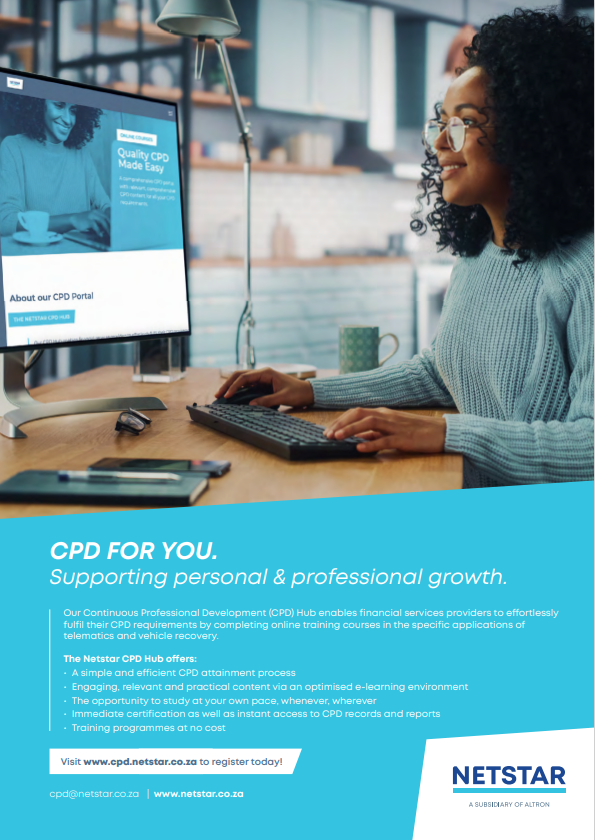Anet Ahern – Chief Executive Officer, PSG Asset Management
Uncertainty seems to have been on a relentless upward trajectory since the beginning of the year. The S&P 500 Index had one of the worst starts to the year since the 1970s.

Even traditional safe havens like US bonds have not offered sanctuary, while cash rates remain negative in real terms in most parts of the world. But our sense of escalating uncertainty is not only driven by the dislocations that we are witnessing in global markets.
The continuing war in Ukraine (now past the 180-day mark!) has made it clear that we need to consider the possibility of living in a world marked by escalating (and potentially expanding) geopolitical tensions. This perception is further underscored by continued tension between the US and China. The energy crisis is dragging on and is now being exacerbated by an extreme drought that has caused operational difficulties for hydroelectric and nuclear power plants in both Europe and China. Locally, of course, it is difficult to mention energy without swiftly digressing into a discussion on Eskom and protracted loadshedding. And, let us not forget, that while in SA we have largely emerged from lockdown restrictions, this is not the case everywhere in the world.
Enter the polycrisis
No wonder words like polycrisis are creeping into the mainstream vocabulary. Multiple intersecting systemic crises that spill across boundaries and that have devastating effects are rapidly becoming a feature of the complex environment in which fund managers are expected to operate. As these crises often interact with each other in ways that are hard to predict, they are adding to the complexity and volatility investors need to navigate on a daily basis. Regardless of the technical definition, there can be little doubt that our world has become exceedingly complex, noisy and uncertain. It is well-known that conditions like these amplify the risk of emotional investor responses, driving people to sell at the worst possible time and to reinvest well after the price recovery is underway, and the value-destroying impact of this behaviour has been well documented.
Nor does it seem likely that the uncertainty will dissipate completely in the short term. It is likely to remain with us in some form or another, and one type of crisis may simply be replaced by another. Investors aiming to avoid all periods of market upheaval may end up spending more time out of the market than being invested. Thus, we require a more pragmatic approach to dealing with pervasive uncertainty. Rather than aiming to avoid the market turbulence that is sure to lie ahead, we would like to propose some strategies that can help investors to survive in such a hard-to-predict world.
Don’t bet on binary outcomes
In our view, such an environment underscores the importance of not taking bets on binary outcomes. Positioning your portfolio for a singular outcome is likely to be fraught with risk, especially since outcomes are so hard to predict. It also highlights that lazy or formulaic investing, based on what’s worked in the past, is unlikely to succeed.

CPD FOR YOU.
Supporting personal & professional growth.
Our Continuous Professional Development (CPD) Hub enables financial services providers to effortlessly fulfil their CPD requirements by completing online training courses in the specific applications of telematics and vehicle recovery.
If there is anything that we have learnt over the last few (pandemic) years, it is that there are always investment opportunities, if you look hard enough. Such opportunities may, however, appear counterintuitive, unpopular, unusual or often out of keeping with what has worked well to date. If the opportunities of the future look substantially different to those of the past, it also follows that they may not be part of the main indices or dominate the narrative of the day – yet. This is why a differentiated, benchmark-agnostic fund manager can add value as part of an overall balanced portfolio.
Don’t underestimate the importance of price
We have always held that the entry price you pay for an asset is a key determinant of the returns you are likely to realise going forward. But as we have seen over the past few years, prices can sometimes diverge from fair value for protracted periods, and this may even be rationalised as being justified by participants. The antidote to falling prey to irrational exuberance is to question the prevailing narratives, and to remember that if you are tempted to invest in something “at all costs” or are driven by the fear of losing out, it may be a sign that you are overpaying.
Construct client portfolios to help manage destructive behaviour
Having a diversified portfolio has always been a key investment principle, but we believe investors who are likely to succeed in a turbulent world will be the ones who construct their portfolios in such a way that they are robust on multiple levels. This includes not only geographic and asset class diversification, but also diversification in manager styles. By its very nature, uncertainty dissuades many from investing, but, as we have often seen in the past, some of the best opportunities are made at times of greatest uncertainty. Knowing that your investment portfolio is diversified, and is positioned to benefit from a variety of opportunities, maybe one of the most important tools for managing investor behaviour going forward.
Partner with differentiated thinkers
Setting aside the temptation to behave emotionally rather than rationally is not easy, and becomes even harder in the face of escalating noise and uncertainty. It is here where we believe partnering with differentiated thinkers could offer investors material advantages as part of a blended portfolio strategy.
With the environment ahead likely to look substantially different to that of the past, intelligent curiosity and open-minded thinking are required to unlock the opportunities on offer.

